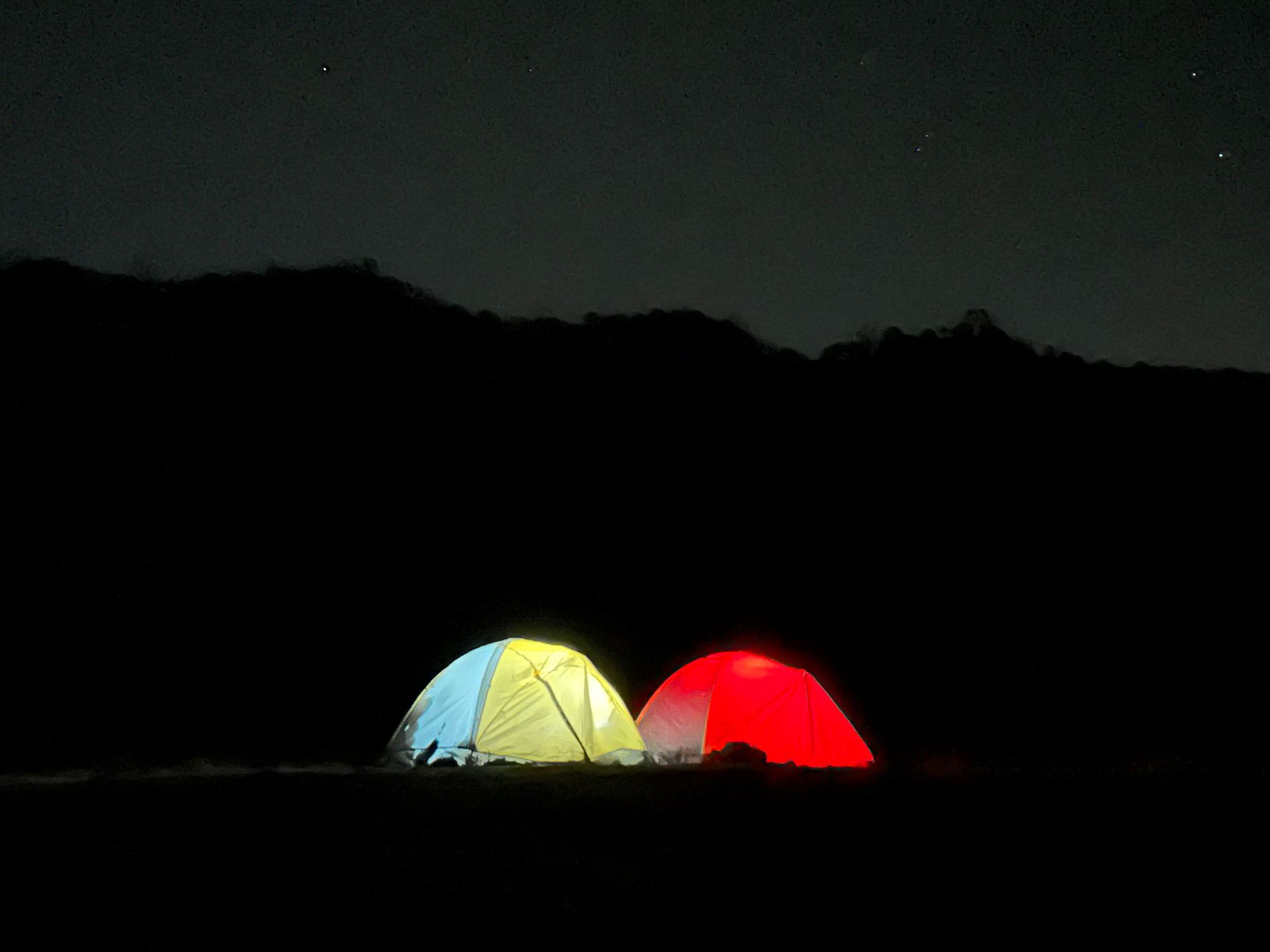Monumental Questions: What is DarkSky International?
The Berryessa Snow Mountain National Monument boasts so many awe inspiring things and I’m about to add one more to that list.
I’m fairly confident that we’re all familiar with at least a few different types of pollution that we all deal with here in California including air, water and noise. They’ve all probably impacted some part of our daily urban lives but did you know that light pollution is also something that most of us live with, possibly without even realizing it? For those of us that live in neighborhoods with street lights and parks, we may not even realize how extra light at night is affecting our view of the night sky, among other things. Not only does it affect our view, it also interferes with our nocturnal non-human neighbors’ breeding, foraging and orientation activities.
DarkSky International is an organization that advocates for proper and appropriate lighting for urban and rural developments. They define light pollution as a side effect of industrial civilization and indicate that major sources include interior and exterior lighting on buildings (schools, hospitals, airports), electric advertisements (electronic billboards and places like Times Square), commercial properties and businesses (automalls, shopping centers) as well as street lights and sporting venues. While sporting events are healthful for us, large athletic complexes are often built adjacent to green belts and open space where the lights from the fields and parking lots disrupt wildlife. Groups such as DarkSky International work with planners and developers of past projects to amend existing lighting and to encourage appropriate, focused lighting for present and future projects. They acknowledge that night skies are a part of cultural and historic resources that tie generations of people with the natural night environment. DarkSky International and their partners are working to encourage officials to provide protected areas for dark sky conservation and to advocate for night sky friendly and community friendly lighting options.
And here’s where the Berryessa Snow Mountain National Monument comes in! Just a short drive away, protected from urban sprawl are some darkest skies in Northern California. Nestled in the Interior Coastal Range are some of the best locations to view the night sky. Away from metropolitan light pollution the milky way is visible by a naked eye. Constellations almost jump out at you. The difference between the twinkling of stars and the bright glow of plants is extraordinary and if you’re lucky enough to catch asteroids, meteors, comets…ahhhh, monumental.
Dark skies are full of curiosity and fascination but many think of them as scary and alien. International Dark Sky week is April 2 -8 and is a celebration of dark and natural light. This might be a great time to book a camping trip to one of the campgrounds in the Berryessa Snow Mountain National Monument. We’d love for you to share your photos with us!
-Kristie Ehrhardt (kehrhardt@tuleyome.org)
Tuleyome Land Conservation Program Manager

RECENT ARTICLES






